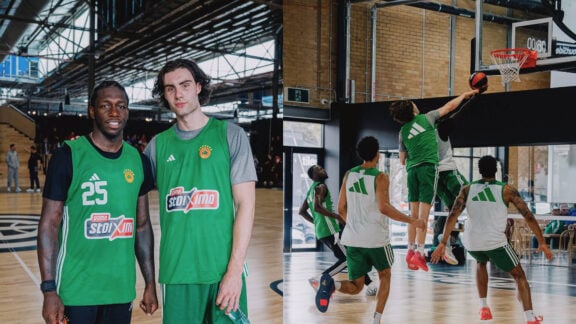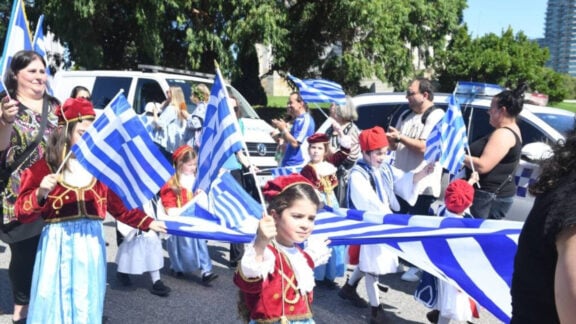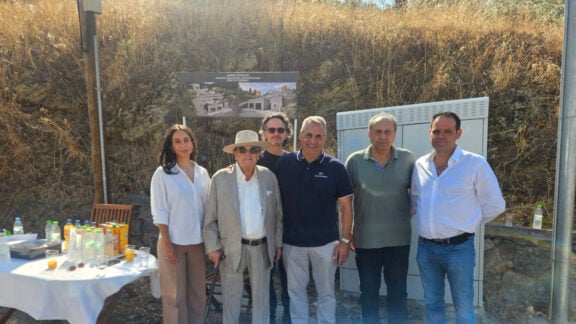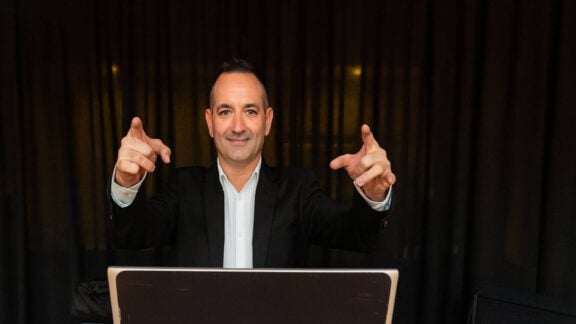Writing serves to preserve languages and history as well as reproduce cultural practices.
The Phoenician alphabet, which was created and introduced about 1000BC, is one of the world’s greatest inventions, based on an easily deciphered code making it possible for anyone to read and write.
However, many people remained illiterate in the Middle Ages and early modern periods.
Printing gradually made books affordable for the masses, not to mention more readable than handwritten texts, where the form of a letter could vary according to the sequence it is found in and the writer’s consistency or mood.
Comparing scripts of Perso-Arabic adaptation used for writing Persian, Urdu and other non-Semitic languages, to early books printed in Greek, historians and graphologists found that Hellenes were the only ones who printed texts based on different styles of calligraphy often indecipherable to the uninitiated.

Greek typefaces in the 16th and 17th centuries were modelled on contemporary calligraphic practice, featuring forms that joined two or even more letters, and sometimes turned a group of letters into a new sign. Two centuries ago, the same separate letters we use for the Latin alphabet were adopted.
Perso-Arabic continued to be written by hand, and there was never any rationalisation of the relation of letter and sounds (several sounds can be represented by more than one letter) or of the multiple graphic forms of letters according to their place in the word and their conjunction with other neighbouring letters. To make matters more complicated, short vowels, though pronounced, are not written.

This led, as we can see in the small but thought-provoking exhibition at the Art Gallery of South Australia, to the density and complexity of the Islamic lettering.
Persian calligraphy especially is highly refined and abstract, and had a long dialogue with Greek civilisation to the west and Indian to the east.
‘More Ink than Ocean: The Art of Writing in Islam’ will be showcased at Gallery 19b , in the Art Gallery of South Australia, Adelaide until 27 March 2016.
Admission is free.
For more information head to www.artgallery.sa.gov.au






